


Entering Pinnacles National Park
December 29, 2016: 2:02 PM |
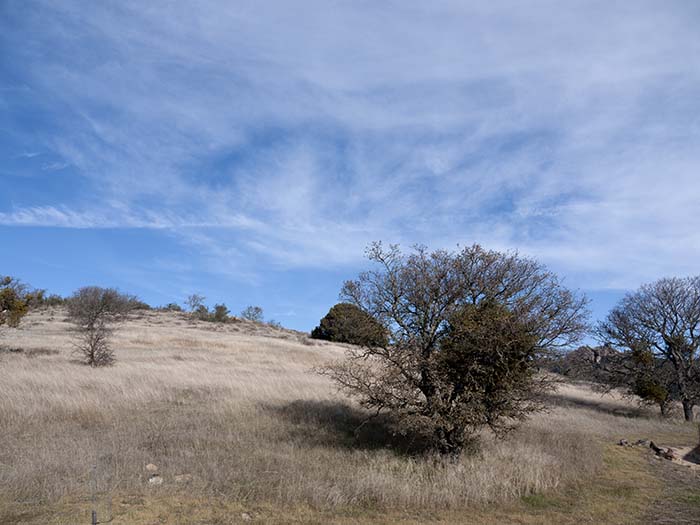
At the Visitor Center
December 29, 2016: 2:09 PM |
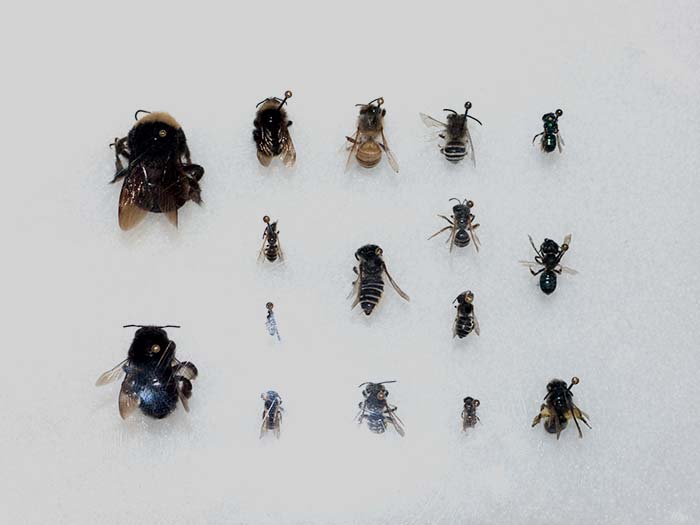
Specimens from the Pinnacles bee inventory collected by Dr. Olivia Messinger and Dr. Terry Griswold (1996-1998)
December 29, 2016: 2:29 PM |
|
Pinnacles supports the highest known bee diversity per unit area of any place on Earth. There are nearly 400 bee species found at this National Park.
nps.gov |
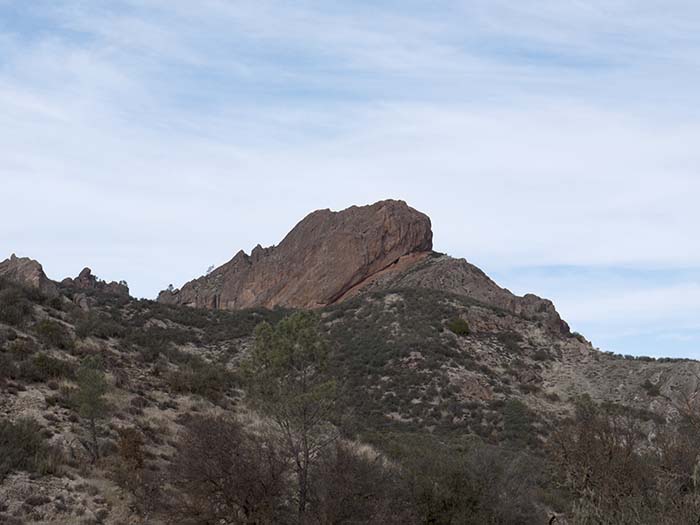
Rocks and pinnacles
December 29, 2016: 2:53 PM |
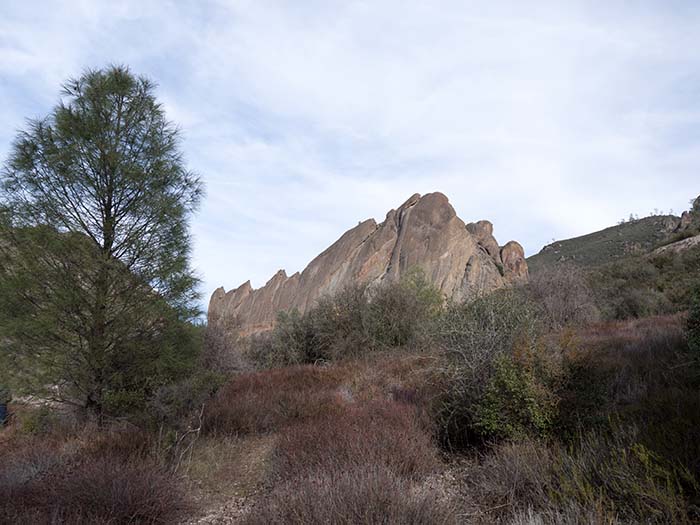
Rocks and pinnacles
December 29, 2016: 2:58 PM |
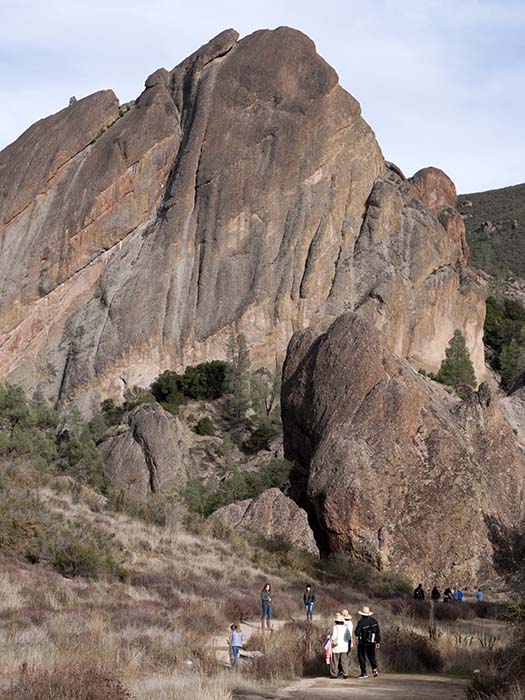
Rocks and pinnacles
December 29, 2016: 3:00 PM |
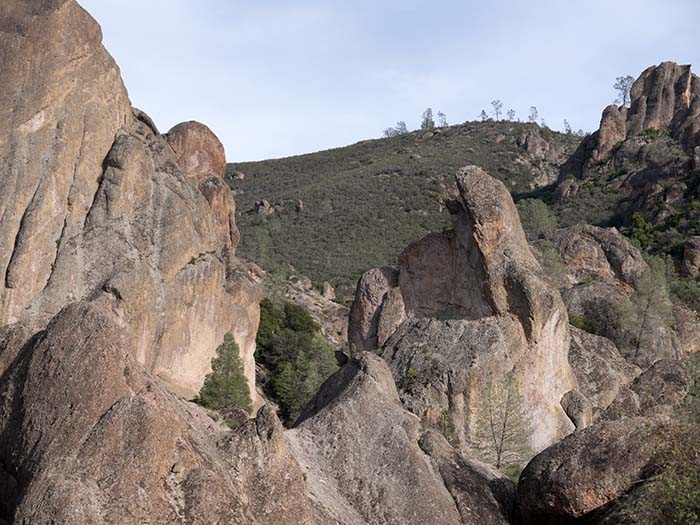
Rocks and pinnacles
December 29, 2016: 3:00 PM |
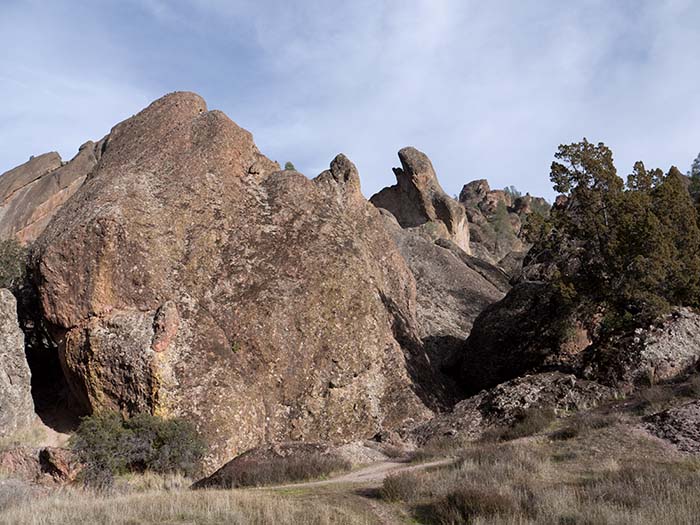
Rocks and pinnacles
December 29, 2016: 3:02 PM |
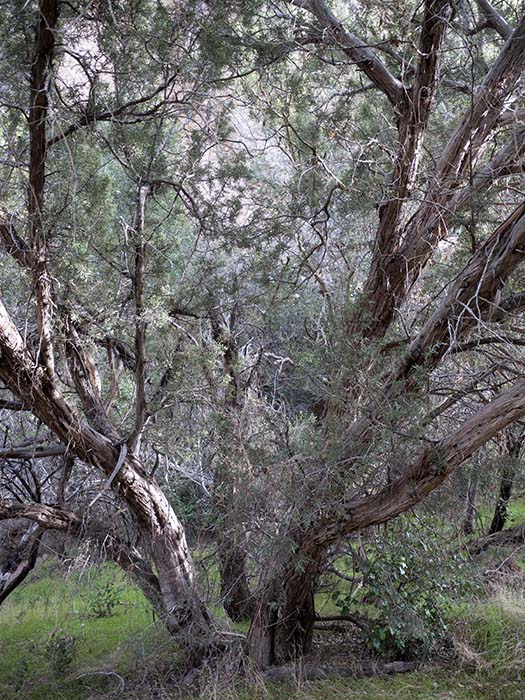
A California juniper (Juniperus californica)
December 29, 2016: 3:05 PM |
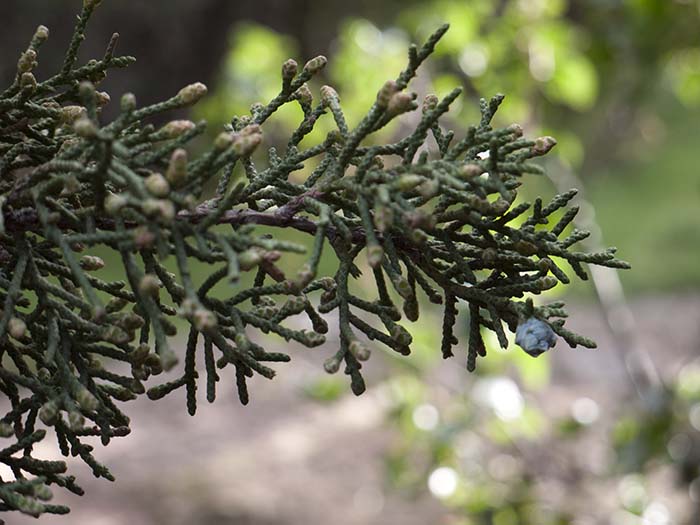
A California juniper (Juniperus californica) up-close
December 29, 2016: 3:04 PM |
|
The main juniper species of California:
|
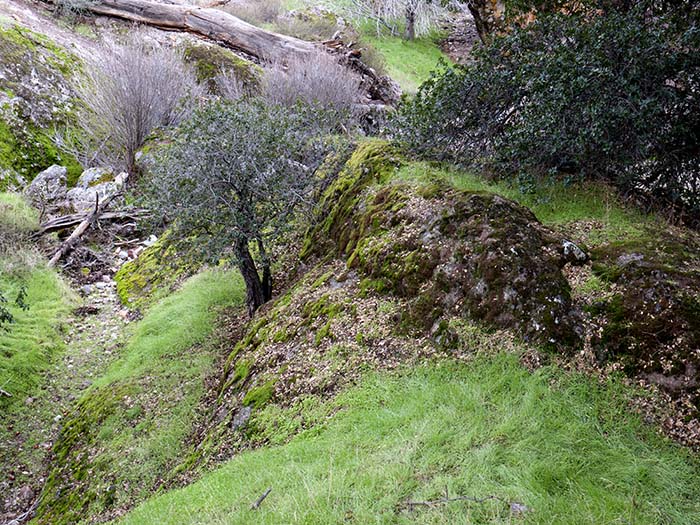
Where are the hobbits?
December 29, 2016: 3:06 PM |

Rock colors
December 29, 2016: 3:08 PM |
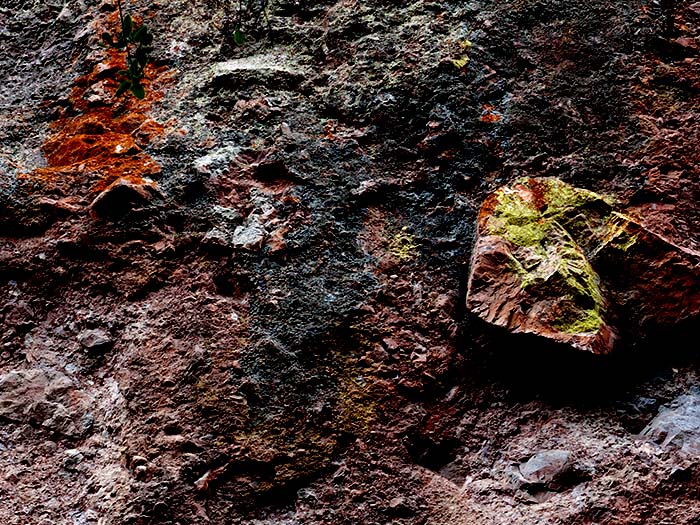
Rock colors (contrasted)
December 29, 2016: 3:08 PM |
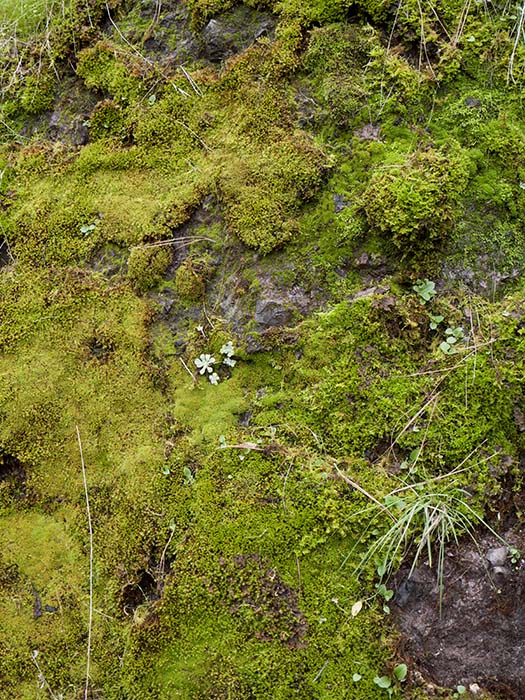
Life on rocks
December 29, 2016: 3:11 PM |
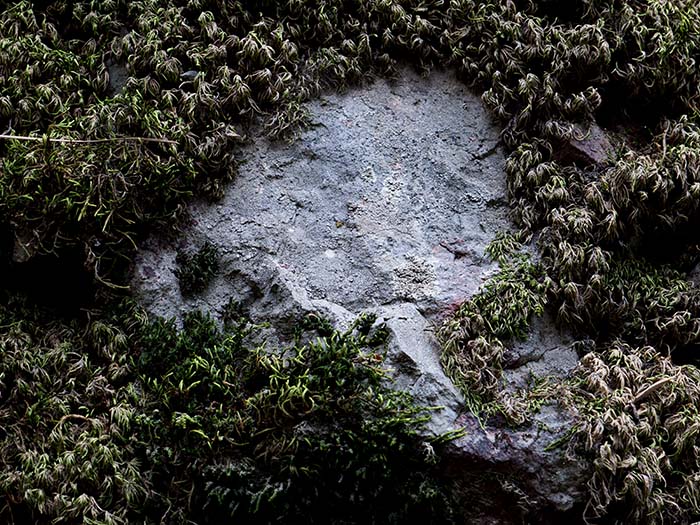
Disappearing
December 29, 2016: 3:20 PM |
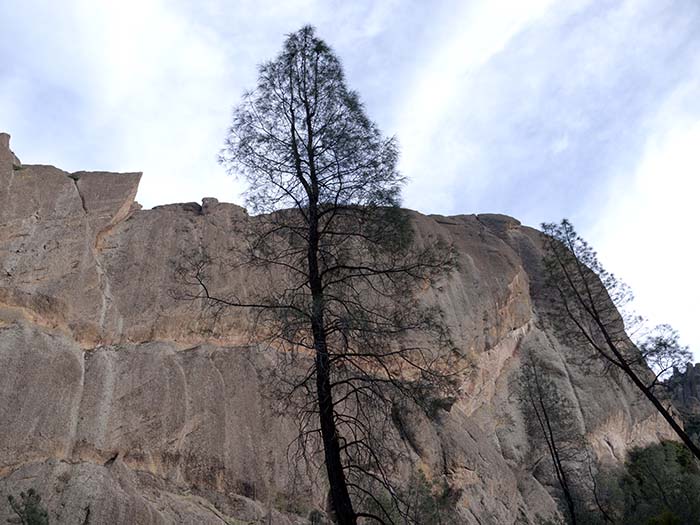
Gray pines (Pinus sabiniana)
December 29, 2016: 3:25 PM |
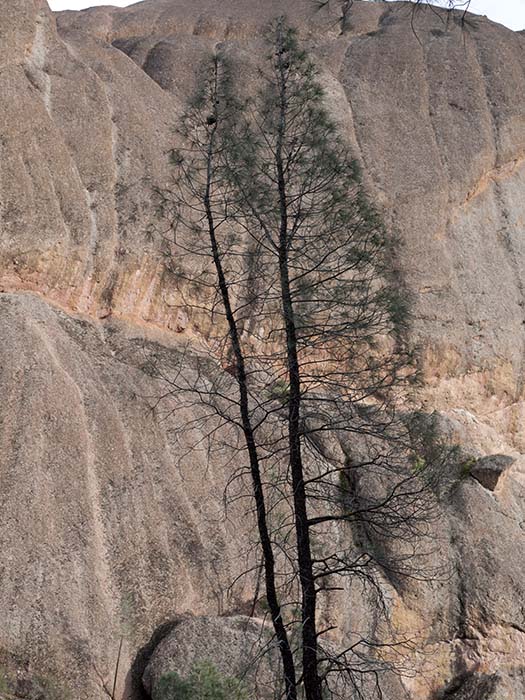
Gray pines (Pinus sabiniana)
December 29, 2016: 3:25 PM |
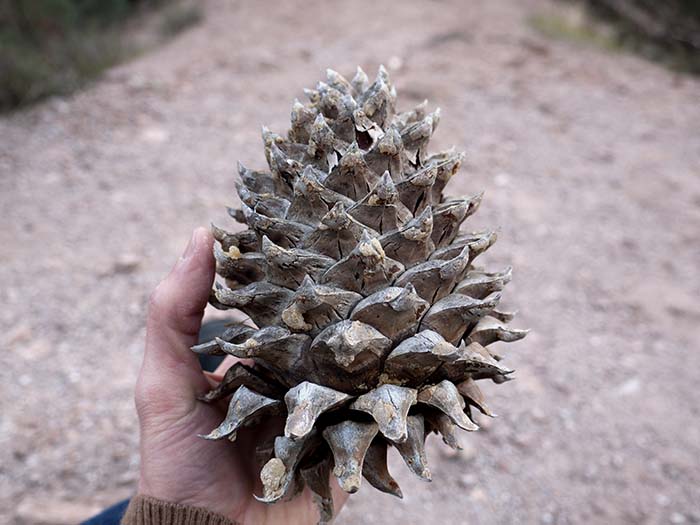
A cone of the gray pine (Pinus sabiniana)
December 29, 2016: 3:44 PM |
|
The cone of the gray pine is massive, heavy, and bearing at the tips upcurved claws. The needles are 15-32 cm long and are held mostly in bundles of 3 in a persistent sheath. The gray pine is moderately fire-adapted; its short life span and prolific cone production are typical for pines, which are usually killed by fire but shed seeds that quickly reestablish the forest. The name digger pine is common in older books and internationally, but is now regarded as disrespectful of the Native Americans who formerly gathered the seeds of this pine. The seeds, which have vestigial wings, are distributed primarily by Steller's jays (Cyanocitta stelleri)) and Western scrub-jays (Aphelocoma californica), which gather them and bury them in caches, much as squirrels bury nuts.
Trees of Western North America by Richard Spellenberg, Christopher J. Earle, and Gil Nelson |
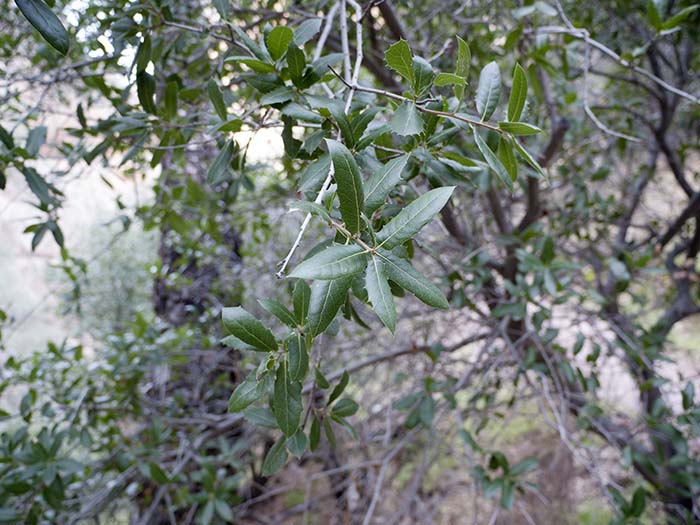
An interior (Sierra) live oak (Quercus wislizeni)
December 29, 2016: 3:30 PM |
|
The interior live oak (Quercus wislizeni) has leaves with 5 pairs of veins or more. The coast live oak (Quercus agrifolia) has leaves with 5 pairs of veins or fewer.
Trees of Western North America by Richard Spellenberg, Christopher J. Earle, and Gil Nelson |
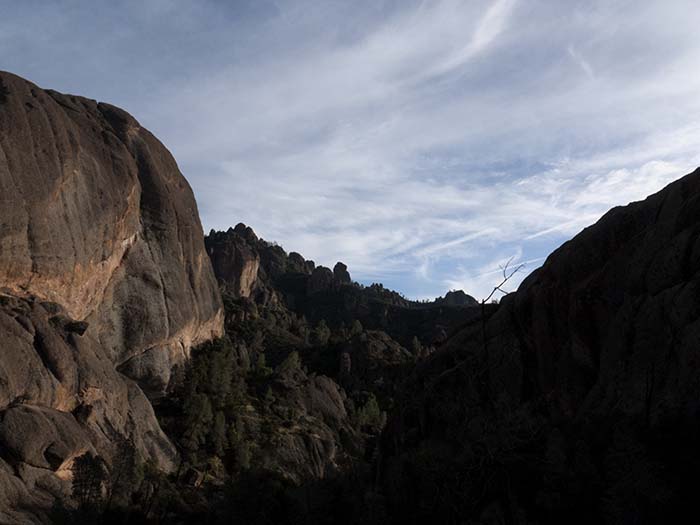
Elements
December 29, 2016: 3:41 PM |
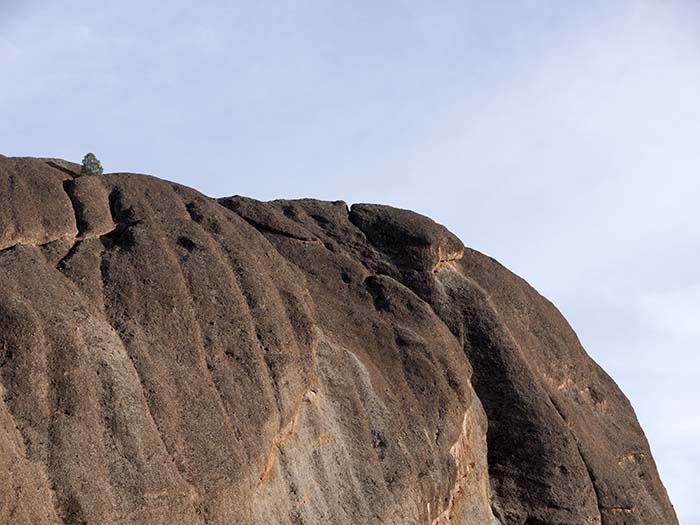
One
December 29, 2016: 3:43 PM |
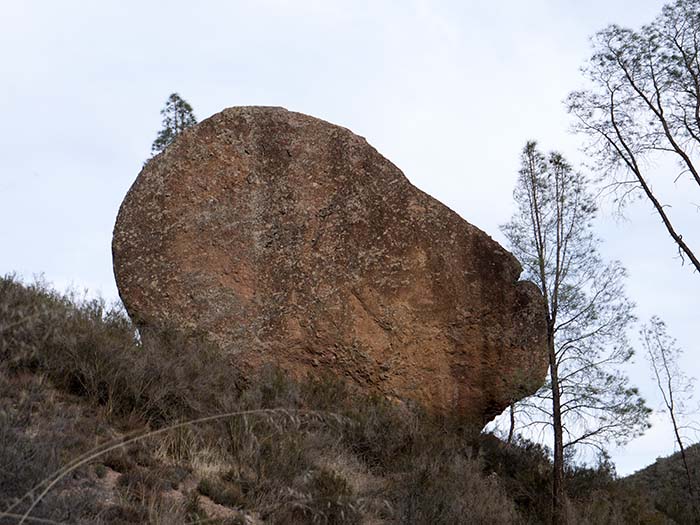
The tree whisperer
December 29, 2016: 3:50 PM |
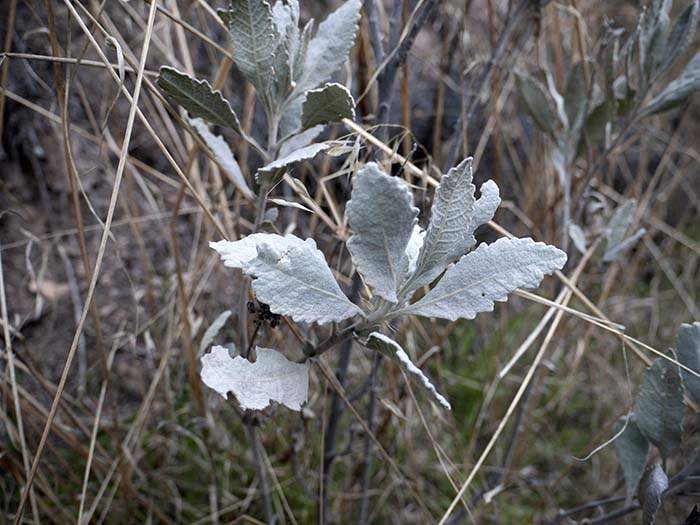
Woolly Yerba Santa (Eriodictyon tomentosum)
December 29, 2016: 4:02 PM |
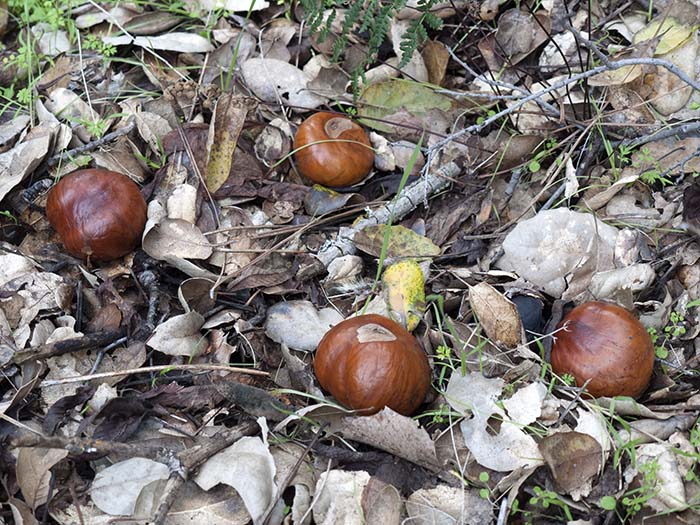
Fruits of horse chestnuts (Aesculus hippocastanum)
[introduced from Europe] December 29, 2016: 4:09 PM |
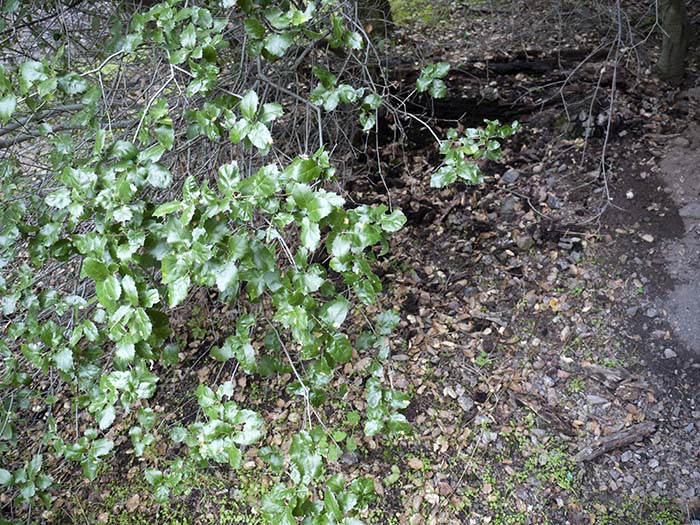
An American holly (Ilex opaca)
[native to the eastern and southeastern U.S.] December 29, 2016: 4:12 PM |
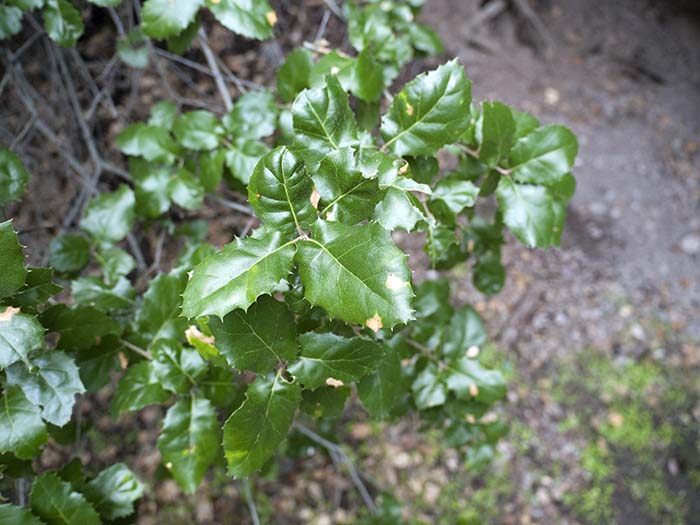
An American holly (Ilex opaca)
[native to the eastern and southeastern U.S.] December 29, 2016: 4:11 PM |
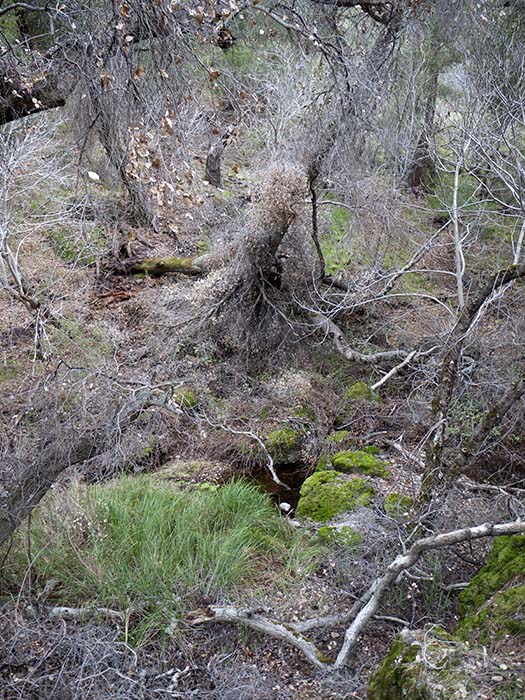
Approaching talus caves
December 29, 2016: 4:13 PM |
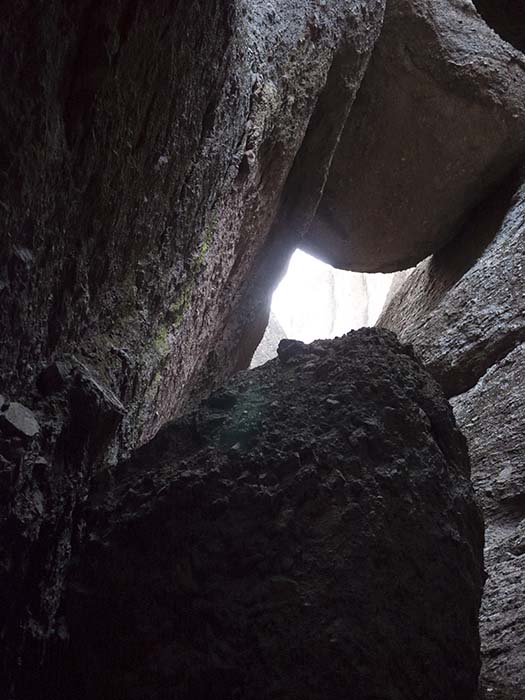
Exiting a talus cave
December 29, 2016: 4:33 PM |
|
Scree is a collection of broken rock fragments at the base of crags, mountain cliffs, volcanoes, or valley shoulders that has accumulated through periodic rockfall from adjacent cliff faces. Landforms associated with these materials are often called talus deposits.
Wikipedia |
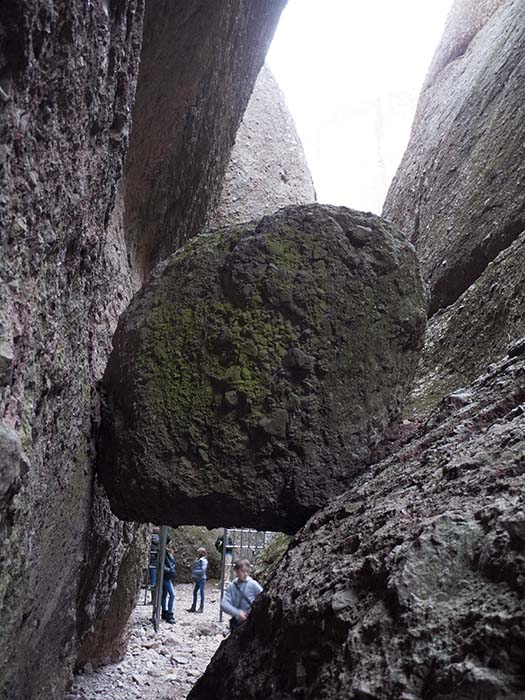
Exiting a talus cave
December 29, 2016: 4:35 PM |
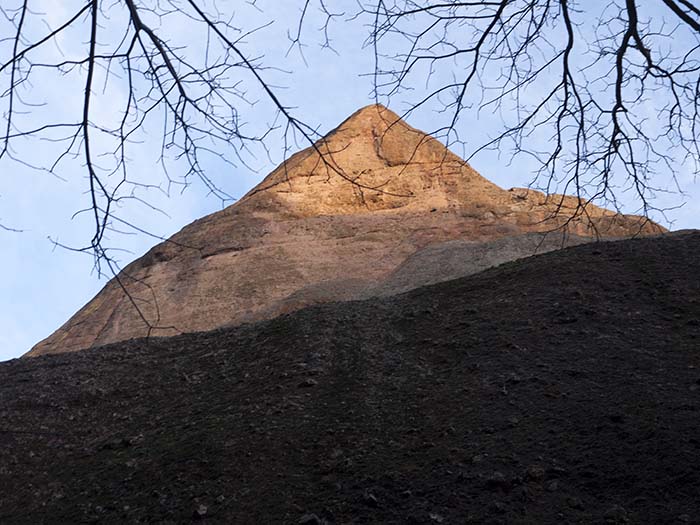
A natural pyramid
December 29, 2016: 4:40 PM |
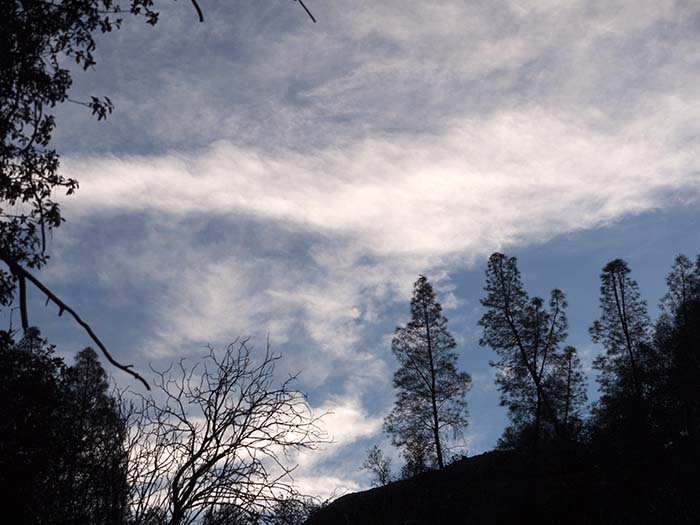
Farewell Pinnacles
December 29, 2016: 4:43 PM |